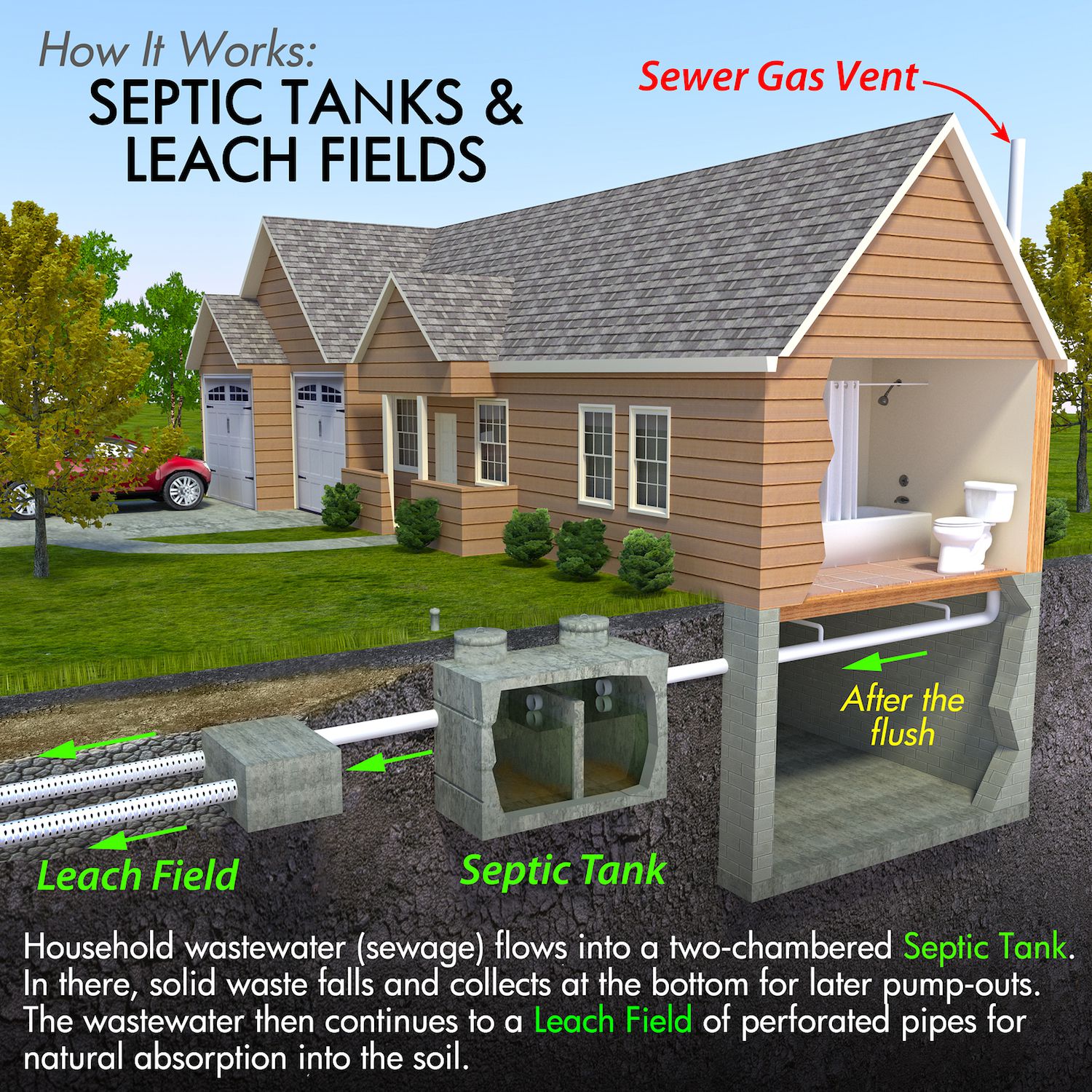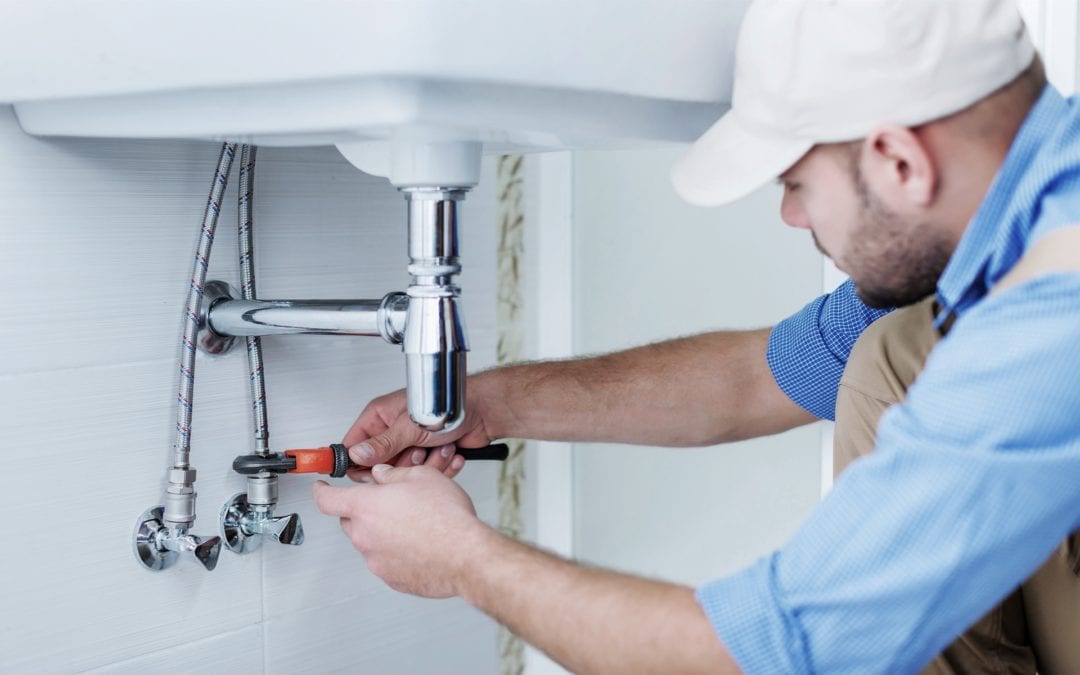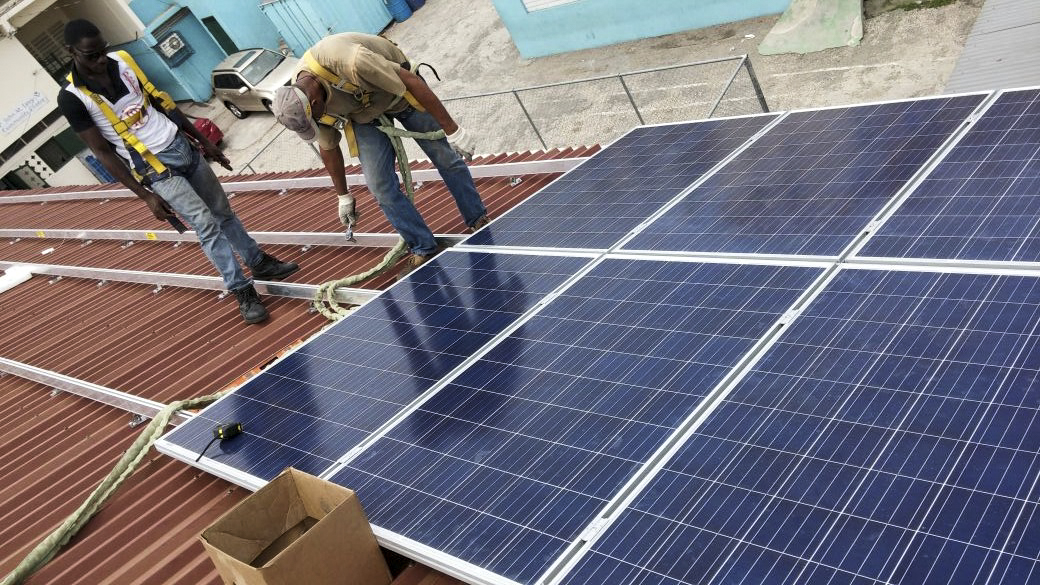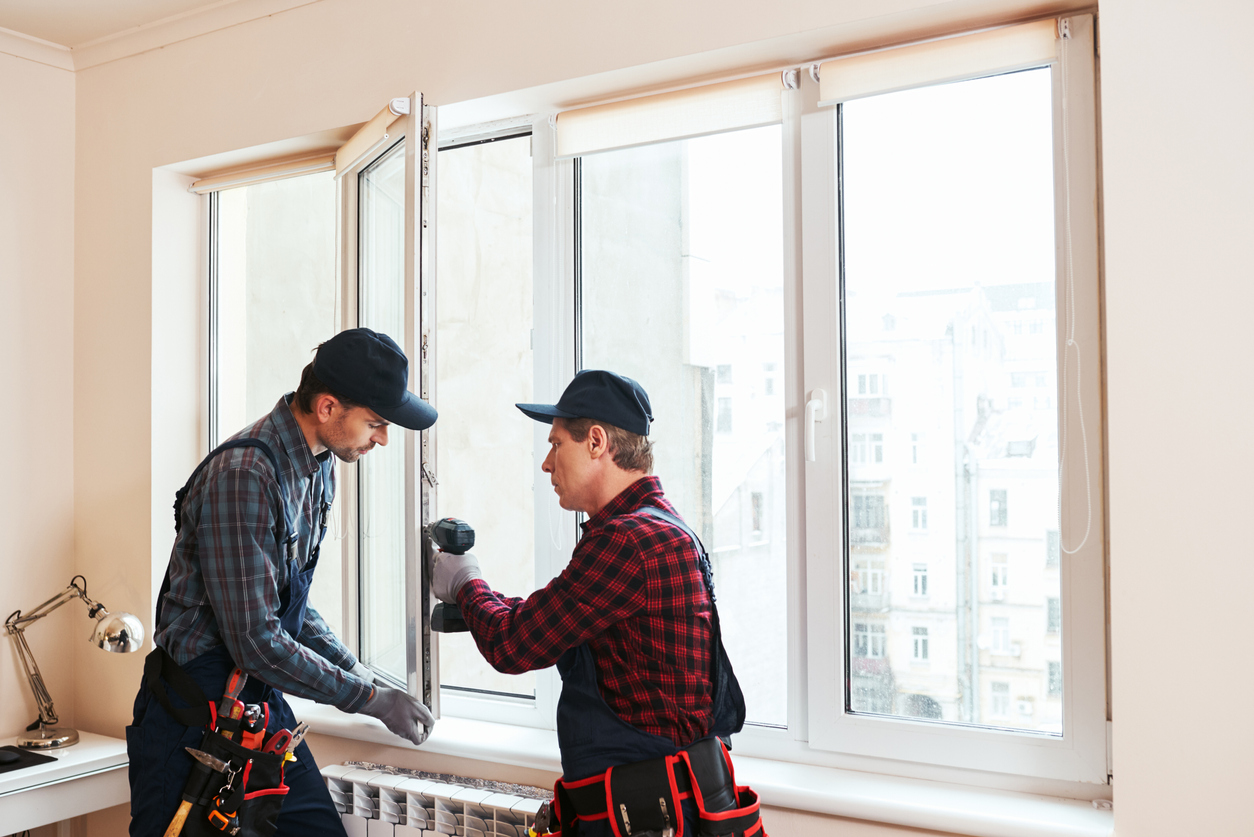Carbon dioxide (CO2) is essential for the growth of plants. But, too much CO2 is deadly for aquatic life like fish. Therefore, monitoring CO2 levels in your tank is a inevitable task you will have to face. If you are dosing with supplementary carbon dioxide, you must ensure to fertilize your plants effectively without endangering your fish. In its purest form, CO2 is a gas. Just like oxygen, CO2 can be readily dissolved in water. Testing carbonate hardness (KH) and pH is the popular way to check level of CO2 in your aquarium water. Here is an analysis of the ways to monitor CO2 levels in an aquarium.
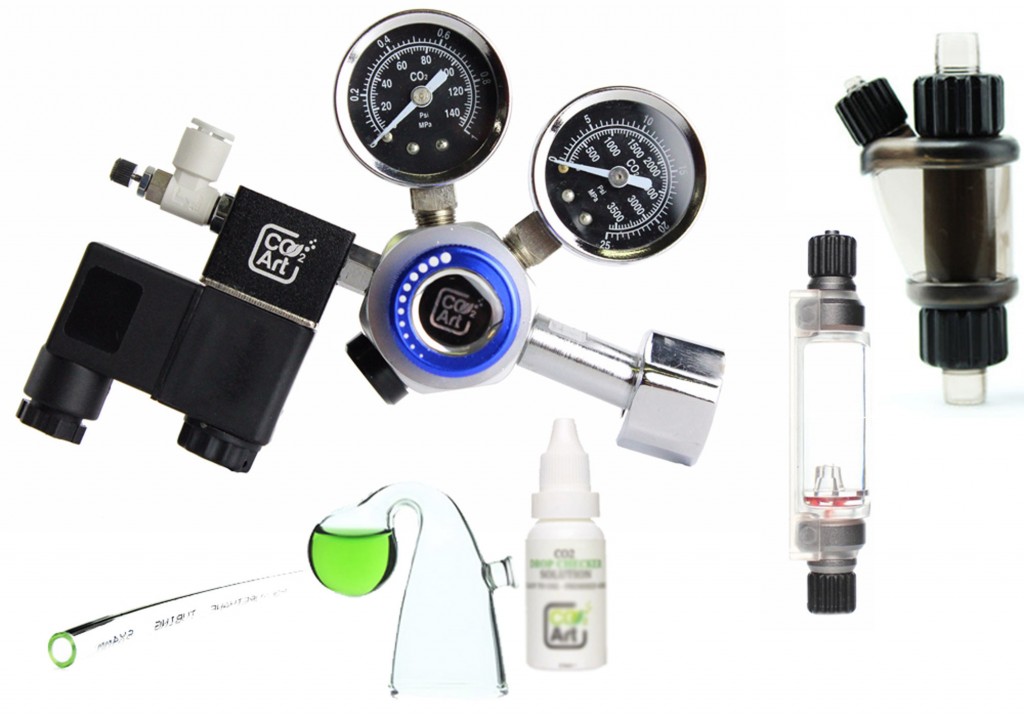
CO2 Regulator
A CO2 regulator is used for reducing high pressure inside of a CO2 cylinder. The pressure inside the cylinder must be reduced to a usable level. Generally, pressure minimizing regulator takes a pressure of 800 to 1000 PSI (pounds per square inch) from CO2 cylinder. It is regulated to provide a reduced, controlled pressure output. The power house of CO2 regulator is solenoid valve, which controls the output of carbon dioxide gas in an aquarium.
CO2 Cylinder
This is a high pressure storage cylinder for CO2. In a cylinder, carbon dioxide exists in the form of liquid CO2. The gas can be seen only on the head space of the cylinder. The liquid helps the cylinder to maintain high pressure constantly. The cylinder contains liquid gas, so it will always remain in upright position. CO2 cylinders are available in various sizes. If the cylinder has increased storage capacity, it allows you to refill less, which helps you to save money on refills.
pH Controller
It provides constant automatic pH monitoring for planted tanks. A pH controller regulates the release of CO2, which has direct relation to pH. This controller is designed to connect to solenoid of CO2 regulator. It is helpful for maintaining a designed pH level in the aquarium. Then it gives signals to solenoid valve, which prompts the regulator to stop releasing CO2. So by setting the desired pH the CO2 can be maintained.
Automatic Timer
This system provides more basic approach to CO2 regulation. You can control your aquarium lights and regulator effectively and simultaneously by using a automatic timer. You can plug the solenoid of regulator into one side of dual outlet timer. You need to set the timer to turn off CO2 and lights in the evening.
CO2 Atomizer
In certain occasions, you need to add more CO2 to your aquarium. Usually, CO2 diffusers help you to bubble in extra carbon dioxide. Lots of different types of diffusers are available in the market. But all these diffusers work on the same principles.
Extra carbon dioxide is essential for planted fresh water aquariums. If conditions are ideal, plants can release oxygen and absorb carbon dioxide. But, ambient CO2 in most aquariums cannot support vigorous plant growth. Carbon dioxide is a gas and you cannot bubble it through water to mix it. CO2 Atomizers use various process to increase the level of carbon dioxide in aquarium water.
You can use any CO2 system in your aquarium. But, it is important to monitor the pH and CO2 levels in your aquarium routinely. an Excess level of CO2 is harmful to fish including drops in aquarium pH and low oxygen levels.
